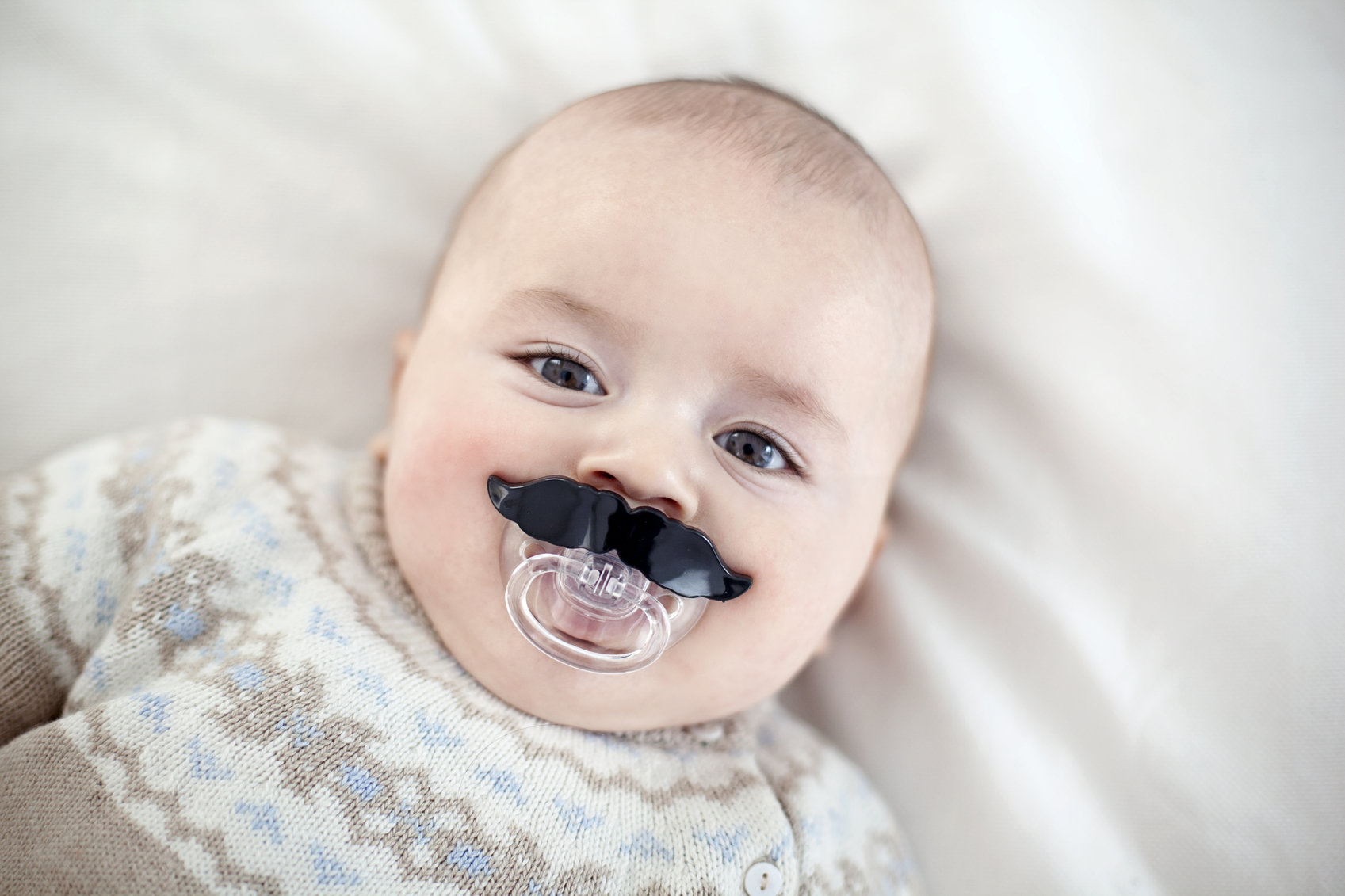As a new parent, SIDS (sudden infant death syndrome) is really presented as your worst enemy. It shouldn't be taken lightly. An estimated 3,500 infants die annually in the United States due to SIDS. The American Academy of Pediatrics just released the most up-to-date sleep guidelines to make sure you and your baby are safe. Here are all of the most important tips.
More from MamásLatinas: 13 Celebs who've been mom-shamed & don't GAF
Image via iStock
Place your baby to sleep on their back until the age of 1.

According to the AAP, babies should sleep on their back at all times until the child reaches 1 year of age. "Side sleeping is not safe and is not advised," the study states.
Make sure your baby sleeps on a firm mattress.

Stick with a firm mattress in a safety-approved crib. The AAP's standards are specifially defined as, "A firm surface maintains its shape and will not indent or conform to the shape of the infant’s head when the infant is placed on the surface."
Try to breastfeed in order to reduce the risk of SIDS.

The AAP recommends breastfeeding your baby until at least 6 months of age. They add on their site, "Any breastfeeding has been shown to be more protective against SIDS than no breastfeeding."
Babies should sleep in the parents’ room for 6 months to a year of life.

This doesn't mean a co-sleeper that is placed on the bed will do the job. Also, the AAP strongly discourages parents from sleeping with their baby on the bed. The baby will still need to be placed in a separate crib, bassinet or stand-alone co-sleeper. Likewise, couches and armchairs are very dangerous for babies.
Keep plush toys and blankets away from the baby's sleep area.

Plush toys are cute, but your baby should not be sleeping anywhere near one to prevent suffocation and SIDS.
Do not add bumper pads to your crib.

Newer style cribs are designed to prevent head entrapment, which is the main reason to use bumpers in the first place. "They are not recommended for infants," according to the AAP.
Offer your baby a pacifier before bed.

"Although the mechanism is yet unclear, studies have reported a protective effect of pacifiers on the incidence of SIDS," states the AAP. Once the pacifier falls out during sleep, there's no reason to reinsert it.
Avoid overheating your baby.

Although a specific temperature is not recommended by the AAP, they recommend that babies should stay in "comfortable" room temperature. "In general, infants should be dressed appropriately for the environment, with no greater than 1 layer more than an adult would wear to be comfortable in that environment," the site states.
Swaddling should no longer be used if the baby can roll over.

This can cause serious harm and potential death. Swaddling a newborn is also totally up to the parents and isn't required. "These decisions about swaddling should be made on an individual basis, depending on the physiologic needs of the infant," the AAP writes.
Just chill because you're doing an amazing job!

As a new parent, there's a lot to worry about. With all of these steps, you're armed to reduce the risk of SIDS for your baby. Every 5 years, the AAP updates their sleep safety guidelines to make sure parents and babies are secure during bedtime.




